The original influencers: Black women who revolutionized the beauty industry
- Oops!Something went wrong.Please try again later.
- Oops!Something went wrong.Please try again later.
- Oops!Something went wrong.Please try again later.
- Oops!Something went wrong.Please try again later.
For years, Black women have been recognized as trendsetters, but Black female ingenuity dates back centuries.
We can thank Black women for a number of things: Their leadership in a plethora of historical movements, their intelligence across numerous industries, and, most notably, their style. From intricate nail designs to hoop earrings to nameplate necklaces to the dark lip liner and lip gloss combo, Black culture’s influence in fashion and beauty is ubiquitous. In addition to setting trends, Black women like Madame C.J. Walker, Naomi Sims, Christina Jenkins, and more used their creativity to create ingenious beauty products, tools, and styling methods. These inventions have not only inspired generations of Black entrepreneurs but also revolutionized modern-day Black women’s beauty routines.
Annie Turnbo Malone
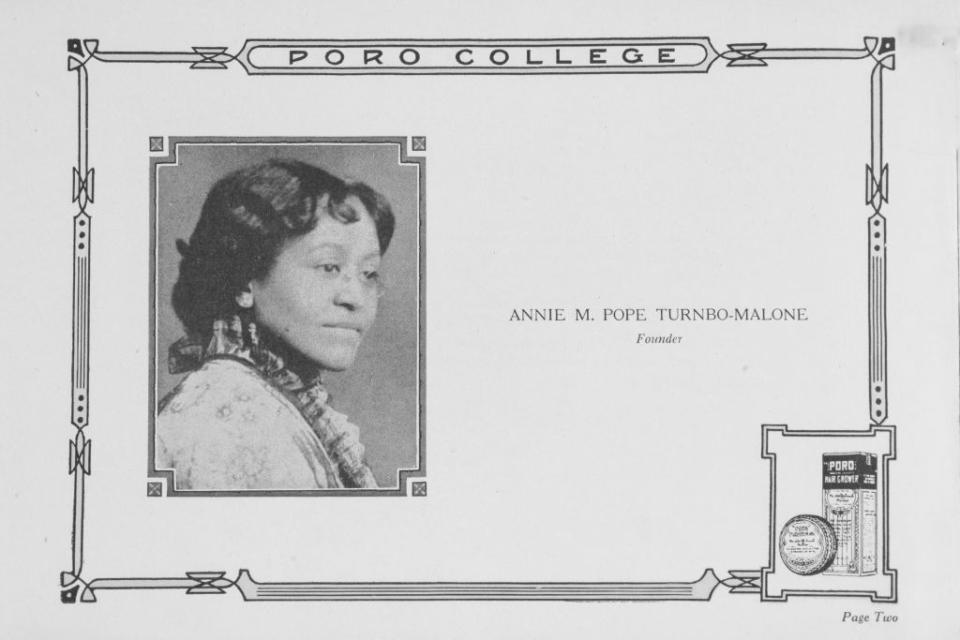
Understanding the complex significance of appearance and grooming for Black women, Annie Turnbo Malone turned her passion for hairstyling and the possible impact of improving Black hair health to create products like the “Hair Grower” designed to improve scalp health and hair growth. She also developed a line of beauty products, including lipsticks and face powders in a variety of brown shades. Following the success of her product line, in 1902, Malone founded Poro College Company, a cosmetics school in Missouri training people to nurture and style Black hair and providing employment opportunities within the Black community, especially for women. Malone’s Poro agents sold her products globally, including scalp preparations and her renowned “Hair Grower.” Additionally, Poro College served as a gathering place for African-American communities and organizations during a time when access to public spaces was limited. In the 1920s, Malone’s brand soared, making her one of the wealthiest African-American women of her time. She used her fortune for philanthropy, donating to institutions like Howard University and supporting efforts in the St. Louis area.
Madam C.J. Walker
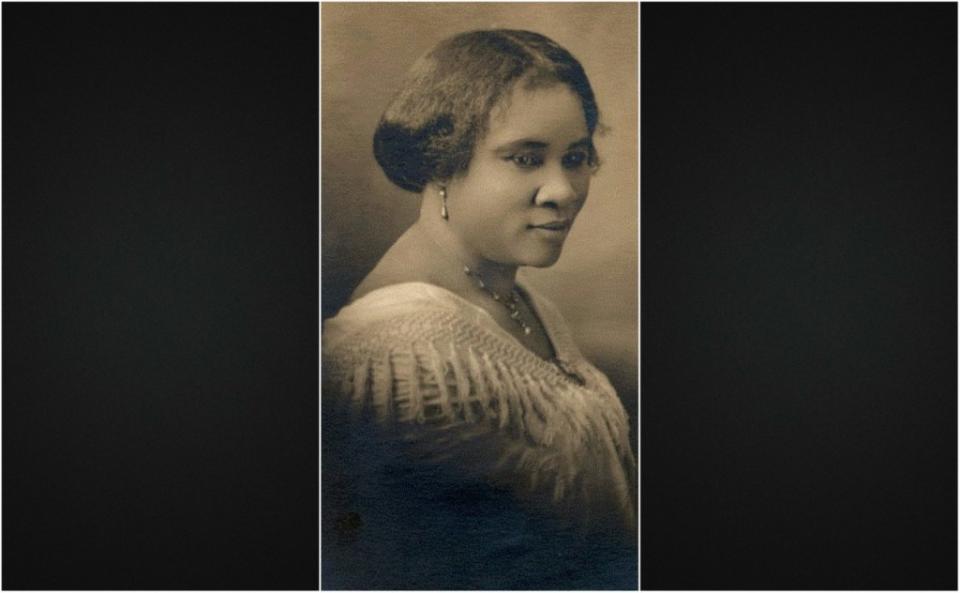
After struggling with her own hair issues and experimenting with solutions, Madam C.J. Walker, born Sarah Breedlove, began her cosmetics career at Annie Malone’s Poro College and, upon graduation, became a Poro agent. Inspired by her work with Malone and her own experiences, Walker began developing her own line of hair care products. As her biography “On Her Own: The Life and Times of Madam C.J. Walker” states, Walker got the formula for her “Wonderful Hair Grower” in a dream and went on to create a series of other products, including her “Glossine and Pressing Oil.” As Walker continued acquiring success for her products, she moved to Pittsburgh, Pennsylvania, where she opened a factory and founded a hair school, Lelia College of Beauty Culture, where she taught women to be “hair culturists.” Her Madam C.J. Walker Manufacturing Co. continued to grow and opened new headquarters in Indianapolis, also establishing a factory, hair salon, laboratory, and beauty school there to train sales agents, according to the Library of Congress. The trailblazing cosmetologist created the “Walker System,” which involved scalp care, lotions and iron combs. By the time of her passing in 1919, Walker was recognized as America’s first self-made female millionaire. Her legacy lives on through her great-great-granddaughter A’Lelia Bundles, who worked to launch the product line MADAM by Madam C.J. Walker in 2022.
Marjorie Joyner
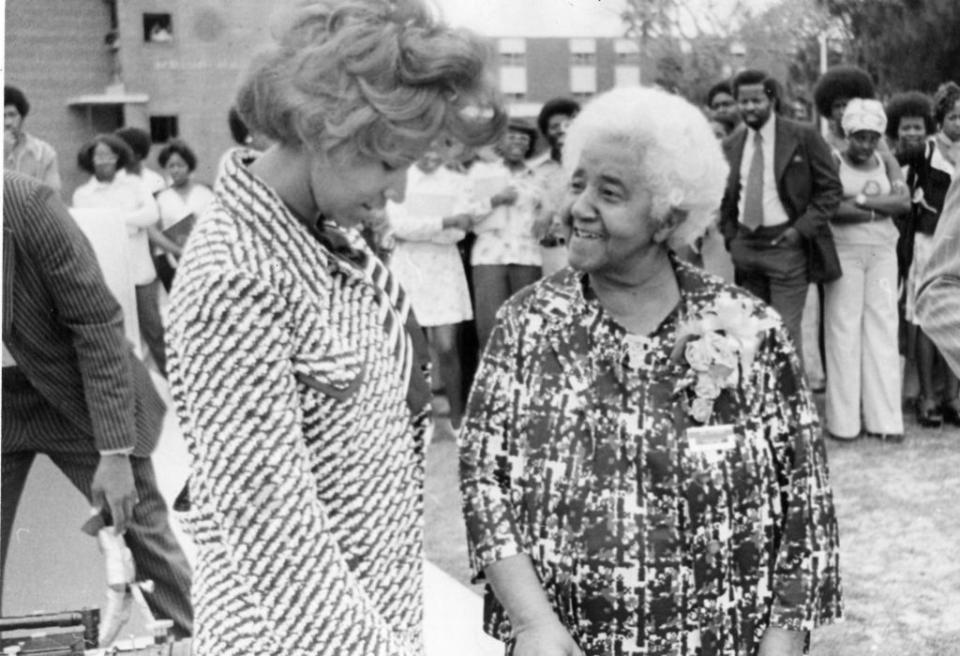
Before the invention of Jheri curls, salons used “permanent wave machines” to achieve a long-lasting curl. The machine, which was once standard in most beauty salons, was invented by Marjorie Joyner in 1928. After becoming the first African-American to graduate from A.B. Molar Beauty School in 1916 and becoming the national adviser of Madam C.J. Walker’s company, Joyner created and patented her trailblazing idea. Inspired by the pins used to heat the inside of the meat when cooking pot roast, her invention connected 16 rods to a hair dryer hood designed to do the work of multiple curling irons in one sitting. It became a hit for both white and Black salon clients, and Joyner also created a scalp protector to alleviate some of the discomfort users experienced while sitting under the dryer. Joyner grew to become a notable advocate for Black beauty culture and civil rights as she helped write Illinois’ first cosmetology laws. She was a founding member of Mary McLeod Bethune’s National Council of Negro Women, the founder of the United Beauty School Owners and Teachers Association and Alpha Chi Pi Omega Sorority and Fraternity Inc.
“If I’ve set an example for other people — not just Black people, not just poor people, not just women — I want it to be that you shouldn’t be limited in what you try to do. If I can take pot roast rods and have a one-of-a-kind invention, believe me, people can do what they set their minds to do,” Joyner said per the National Inventors Hall of Fame.
Christina Jenkins
Christina Jenkins invented the foundational technique of modern-day sew-in weaves. While working for a wig manufacturer, Jenkins pioneered a new method to attach and secure commercial hair on consumers’ heads. The technique she called “Hair-Weeve” was described as “interweaving strands of live hair and strands of commercial hair, with cord-like material to permanently join the strands thereto.” Unlike the previous method women used at the time, which consisted of pins and grips, Jenkins’ idea provided a more seamless appearance. After filing to patent her idea in 1952, she went on tour in Europe to teach cosmetologists and stylists the “Hair-Weeve” technique. She later opened Christina’s HairWeeve Penthouse Salon in Cleveland, Ohio. Though her 1952 patent was overturned in 1965, when Jenkins passed in 2003, then-Rep. Stephanie Tubbs Jones, D-Ohio, recognized the inventor as “a pioneer in the field of cosmetology.”
“Once a process only used by entertainers and people with extreme hair loss, hair weaving has become a common practice, allowing people to appear as though they were born with thick, luxurious heads of hair. Its popularity has made the hair-weaving business a billion dollar industry,” Jones, who died in 2008, said in a congressional statement honoring Jenkins. “Her revolutionary contributions to the field of cosmetology have helped to boost the self-esteem of men and women across the world.”
Joan Johnson
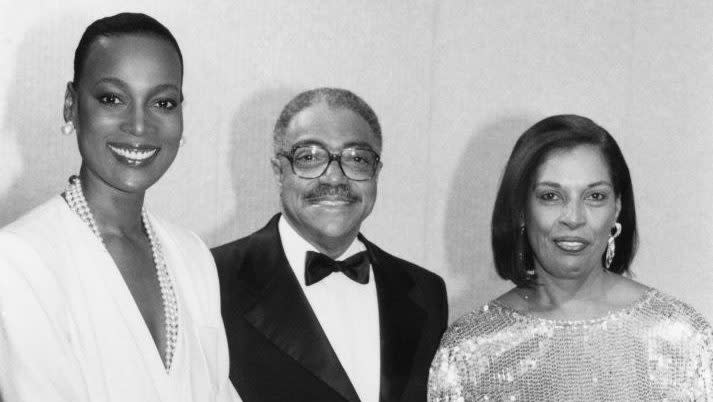
In 1954, Joan Johnson and her husband, George Johnson, founded Johnson Products, a haircare and cosmetic company that grew to become the first Black-owned business on the American Stock Exchange. Inspired by the long hours women spend in beauty salons to get their hair pressed with hot combs, the couple created Ultra Sheen Creme Satin-press to facilitate the straightening process. Also creating the popular conditioner – commonly known as hair grease – Ultra Sheen, the company followed Black hair trends and became known for its “Afro Sheen Blowout Kit,” which grew in popularity in the 1960s/1970s. Johnson Products also was the first Black company to sponsor a nationally syndicated television program when it helped finance “Soul Train.”
“When I think about pioneers, the real pioneers are the people who are able to make a path where none exists,” her son, Eric Johnson, told CNN after her death in 2019. “Johnson Products in many ways was that company. She and my father had no provided path. They created a path where there was none.”
Naomi Sims
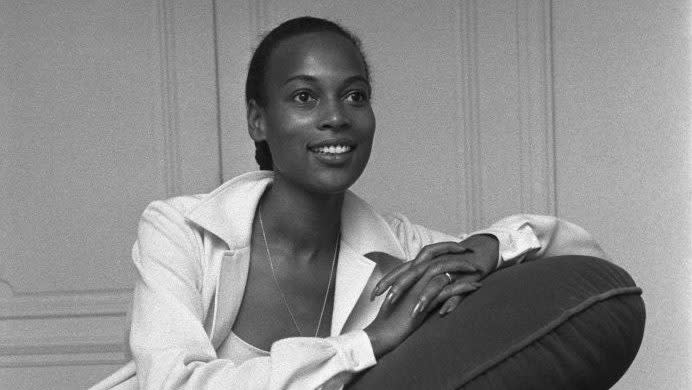
Beyond her trailblazing modeling career, Naomi Sims was an entrepreneur and the originator of the Kanekalon hair fiber. Commonly used today for braided protective styles, Sims originally developed the lightweight, synthetic fiber that mimics straightened Black hair for her wig collection. Using several “Caucasian-type, silky-haired wigs,” Sims reportedly “wet them with setting lotion, rolled them with steel rollers and put them in the oven.”
“I baked them at about 175 degrees for about 15 minutes,” she told the Washington Post in 1980. “And when they came out they looked like Black straightened hair.”
In 1973, she launched the Naomi Sims Collection, which revolutionized the industry and garnered $5 million in annual sales within five years. Sims’ discovery was especially revolutionary because despite Black women making up 40% of the wig-buying market at the time, she said, “none of the wigs on the market looked like Black hair,” per the Washington Post.
“Maybe there were wigs for Black women, but they weren’t the quality and the styles that [Sims] had,” Sims’ friend and fellow model Beverly Johnson told WWD. “[She] was ahead of her time.”
Eunice Johnson
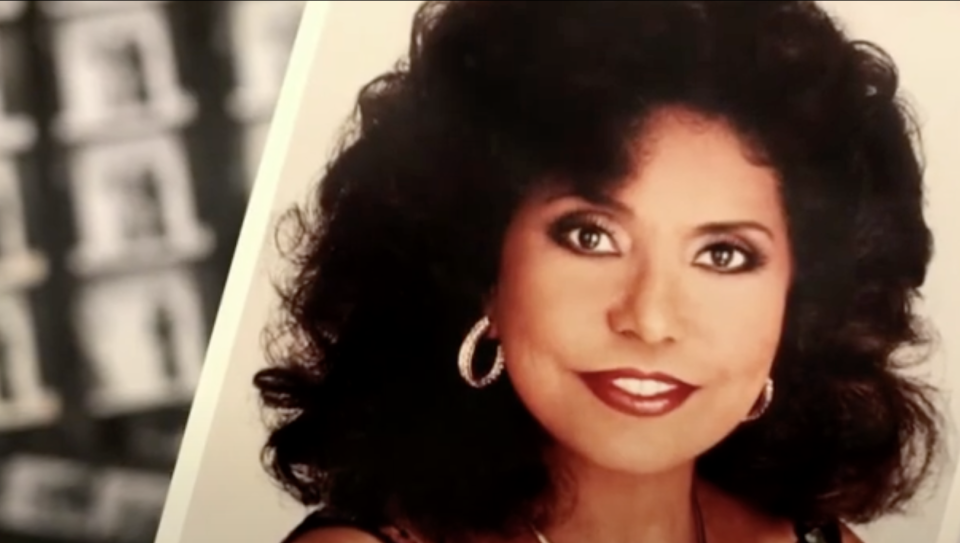
Exhausted by the burden of mixing colors to achieve the right skin tone match when working with models, Eunice Walker Johnson, wife of Ebony magazine founder John H. Johnson, created Fashion Fair cosmetics in 1973. Creating products intentionally crafted to cater to Black women’s various complexions and undertones, Fashion Fair became the first prestige cosmetic line that Black women could purchase at major department stores like Neiman Marcus. Breaking racial barriers in the cosmetic space in an unprecedented way, Fashion Fair grew to become a symbol of empowerment. While the business filed for bankruptcy in 2018, in 2021, the legacy cosmetic brand reemerged under the ownership of Cheryl Mayberry McKissack and Desiree Rogers, who also serves as Fashion Fair’s current CEO.
Pat McGrath
“In the fashion industry, my nickname is Mother, which is such an honor,” Pat McGrath told Instyle.
Despite having no formal cosmetics training, Pat McGrath has scaled the ranks of the beauty industry to become one of today’s most influential makeup artists. Having worked with luxury fashion houses like Prada, Miu Miu, Dior, Burberry, Givenchy, Gucci, Louis Vuitton, Versace, and more, McGrath built a name for herself by crafting and directing striking, artistic makeup looks for runways, campaigns and publications. In 2004, she joined Procter & Gamble as its global cosmetics creative design director, where she brought her expertise to popular brands like Cover Girl. In 2015, the makeup maven debuted her own beauty brand, Pat McGrath Labs, which continues “to launch obsession-worthy cosmetics, collaborations, and curations that have pushed the boundaries of beauty like no other brand in the world.”
McGrath also serves as British Vogue’s beauty editor-at-large.
Never miss a beat: Get our daily stories straight to your inbox with theGrio’s newsletter.
The post The original influencers: Black women who revolutionized the beauty industry appeared first on TheGrio.
